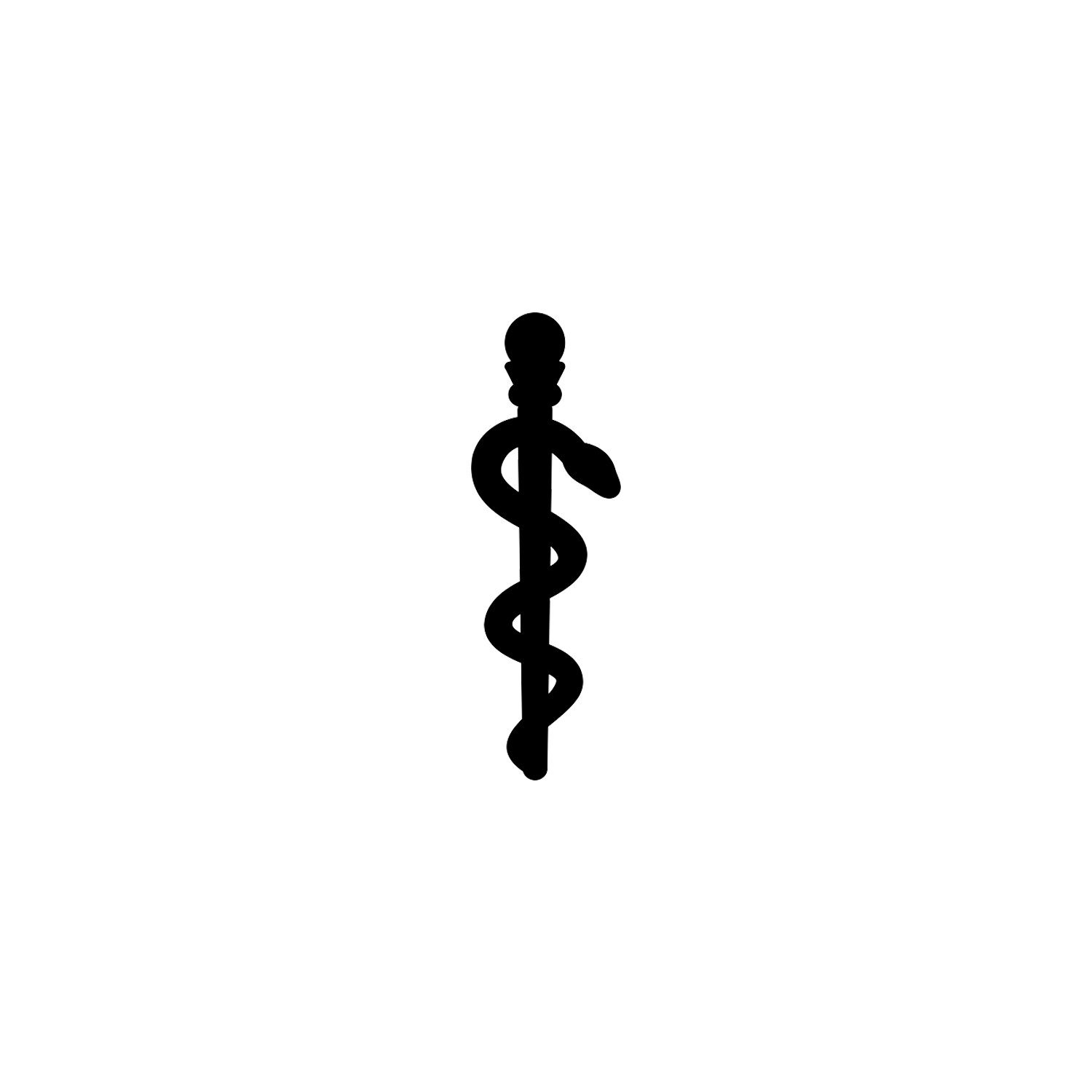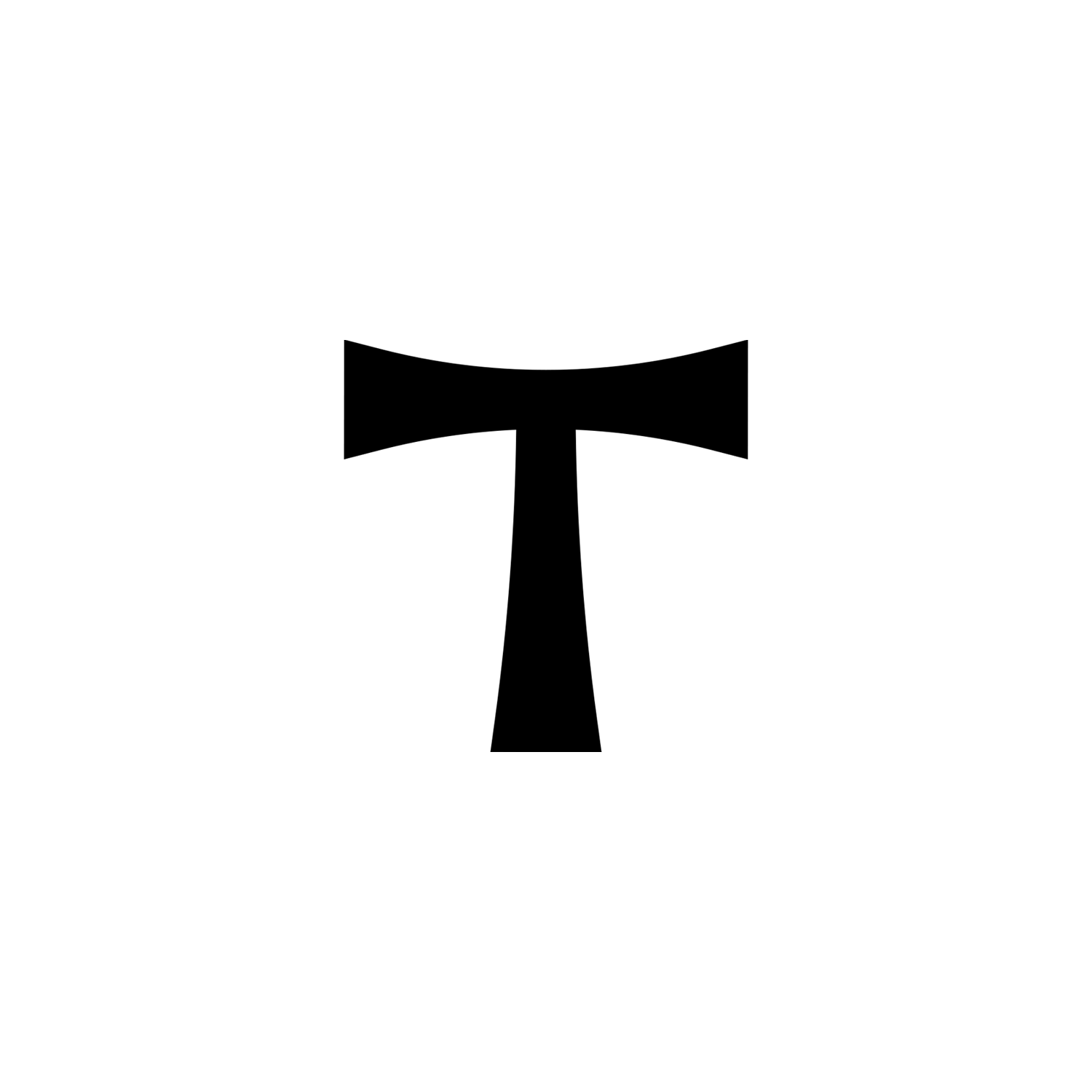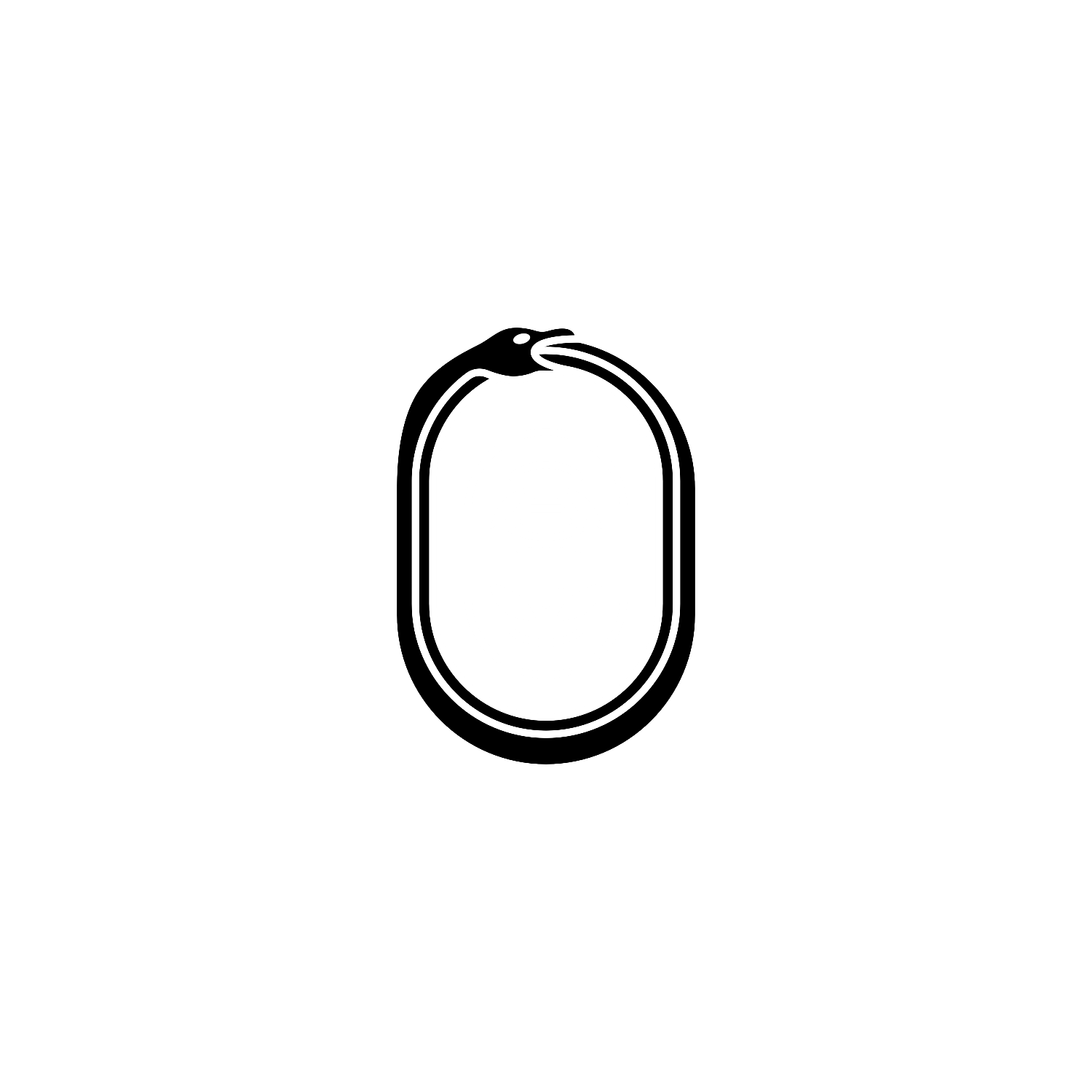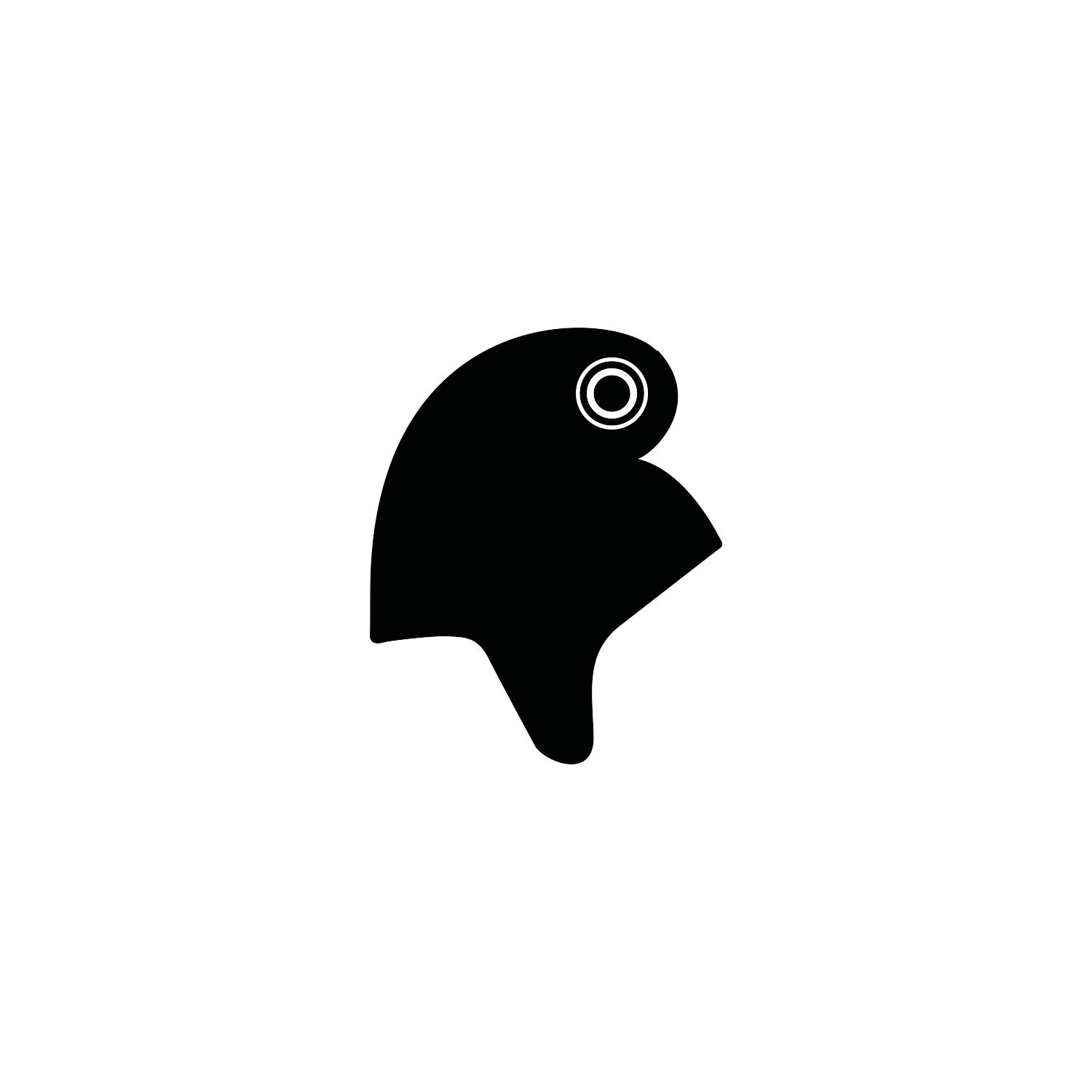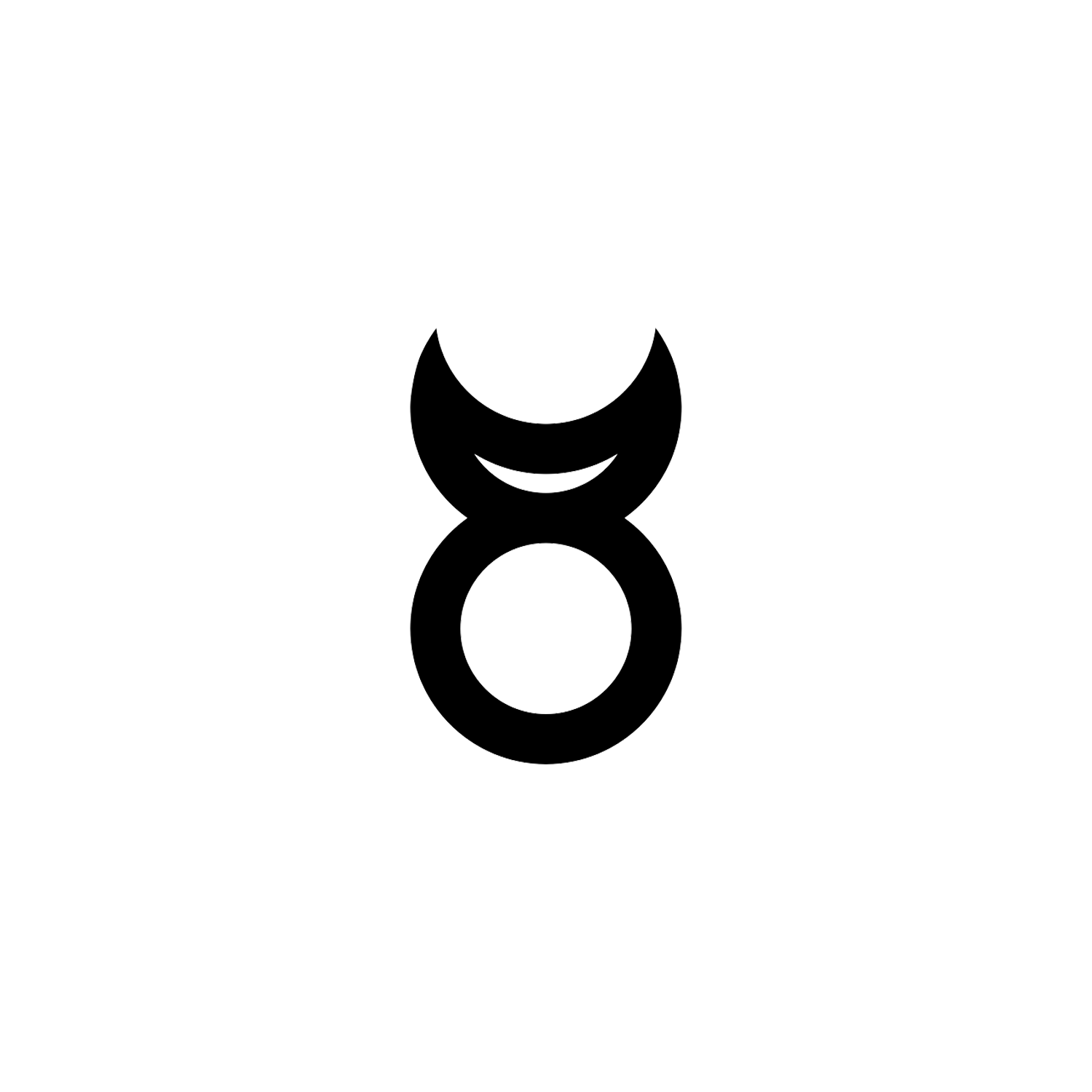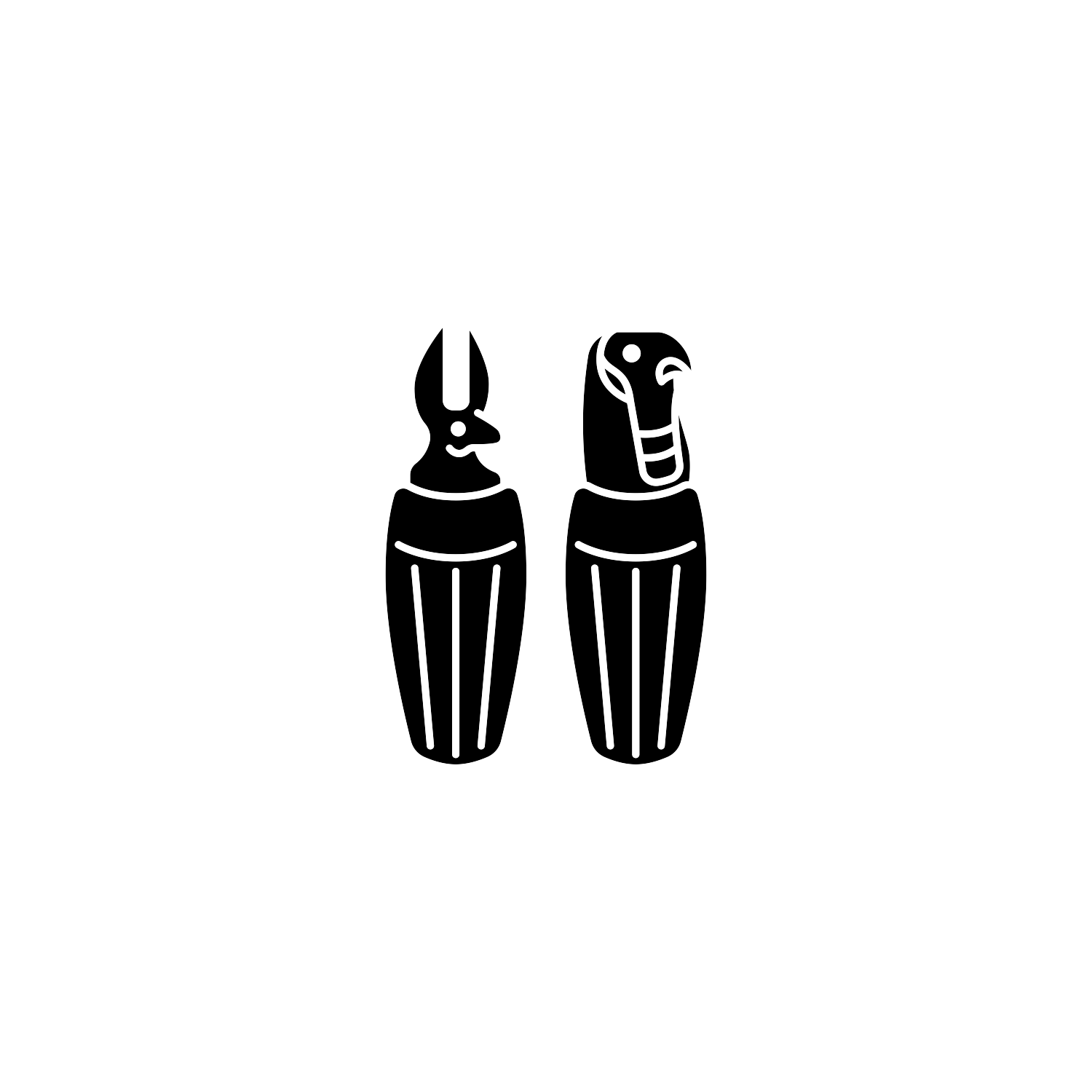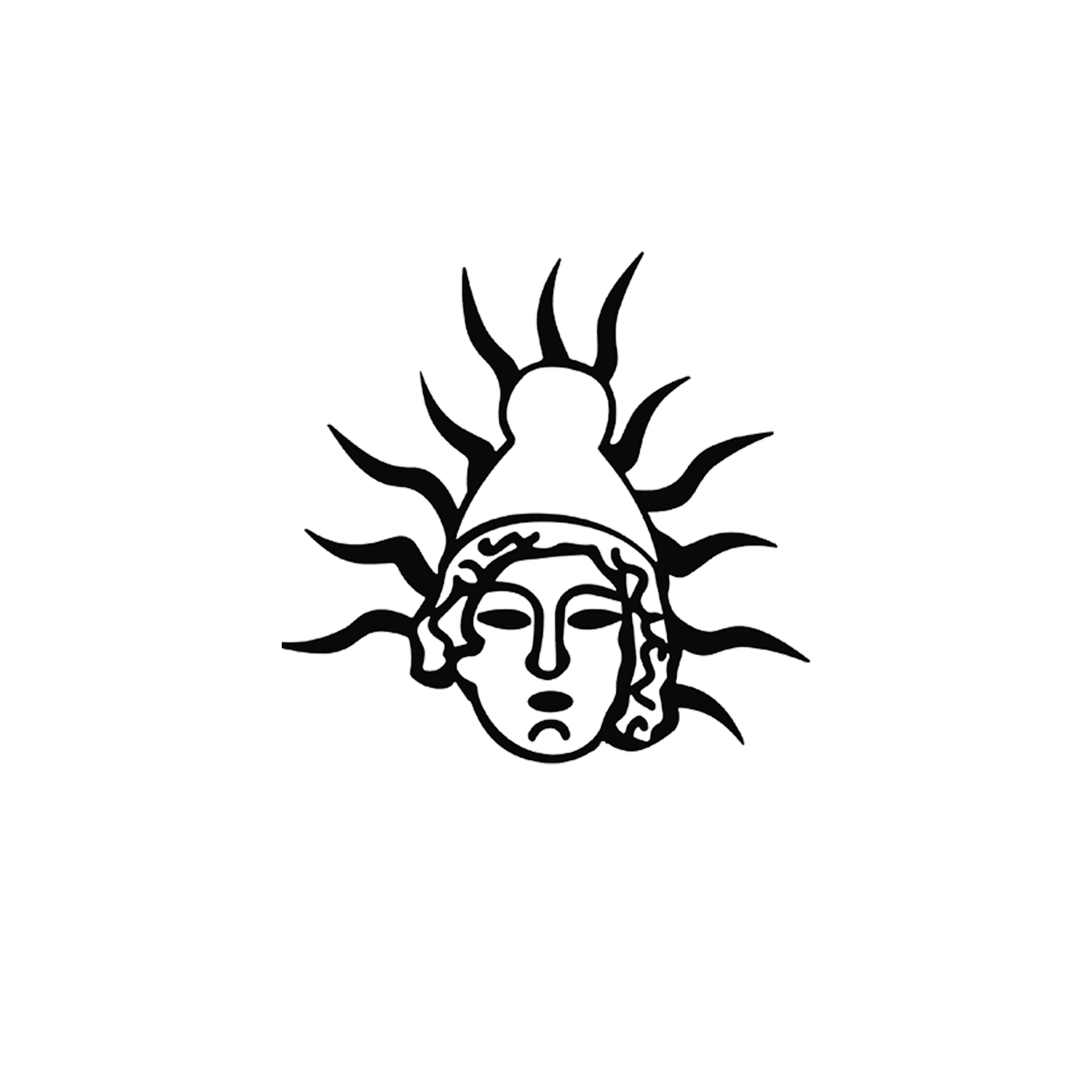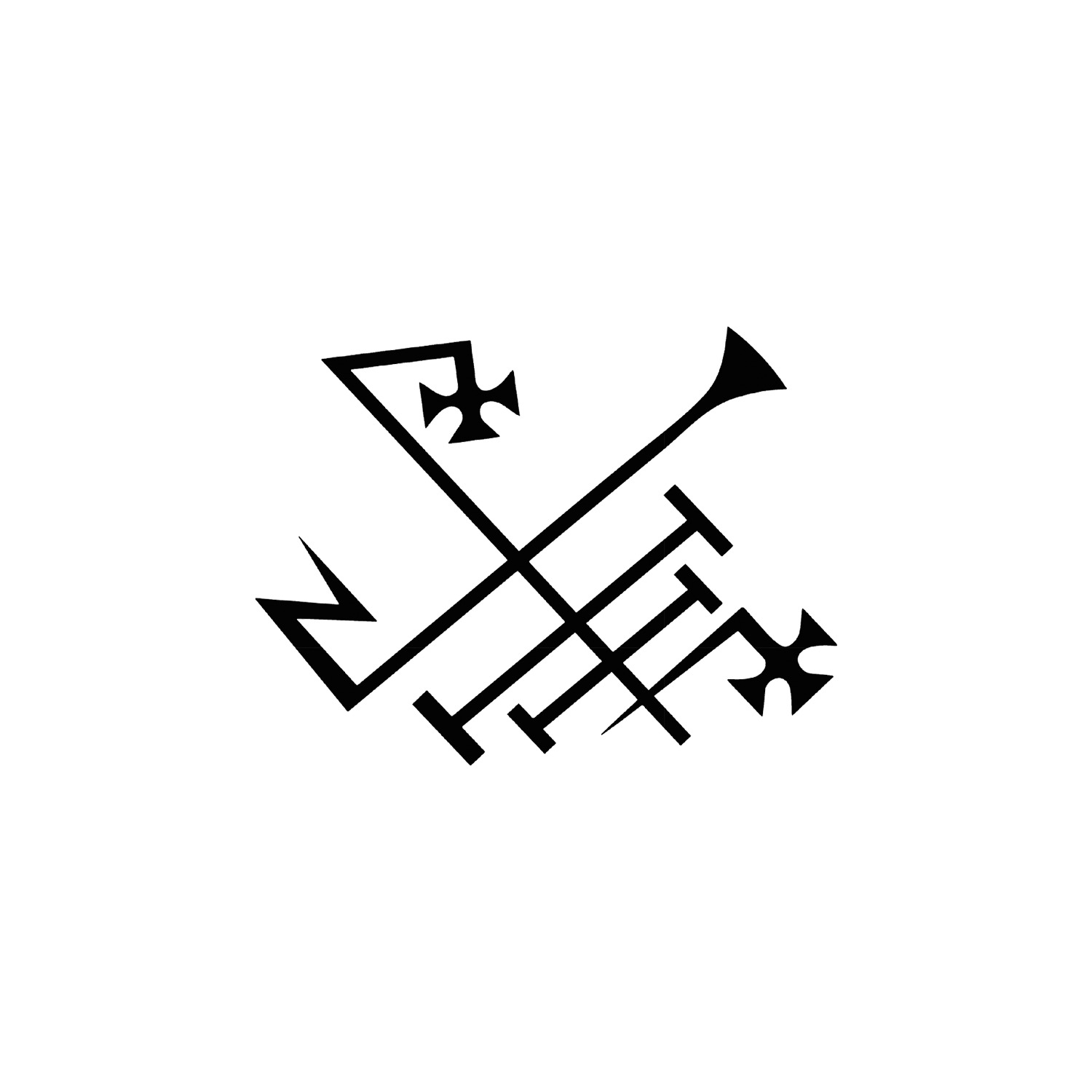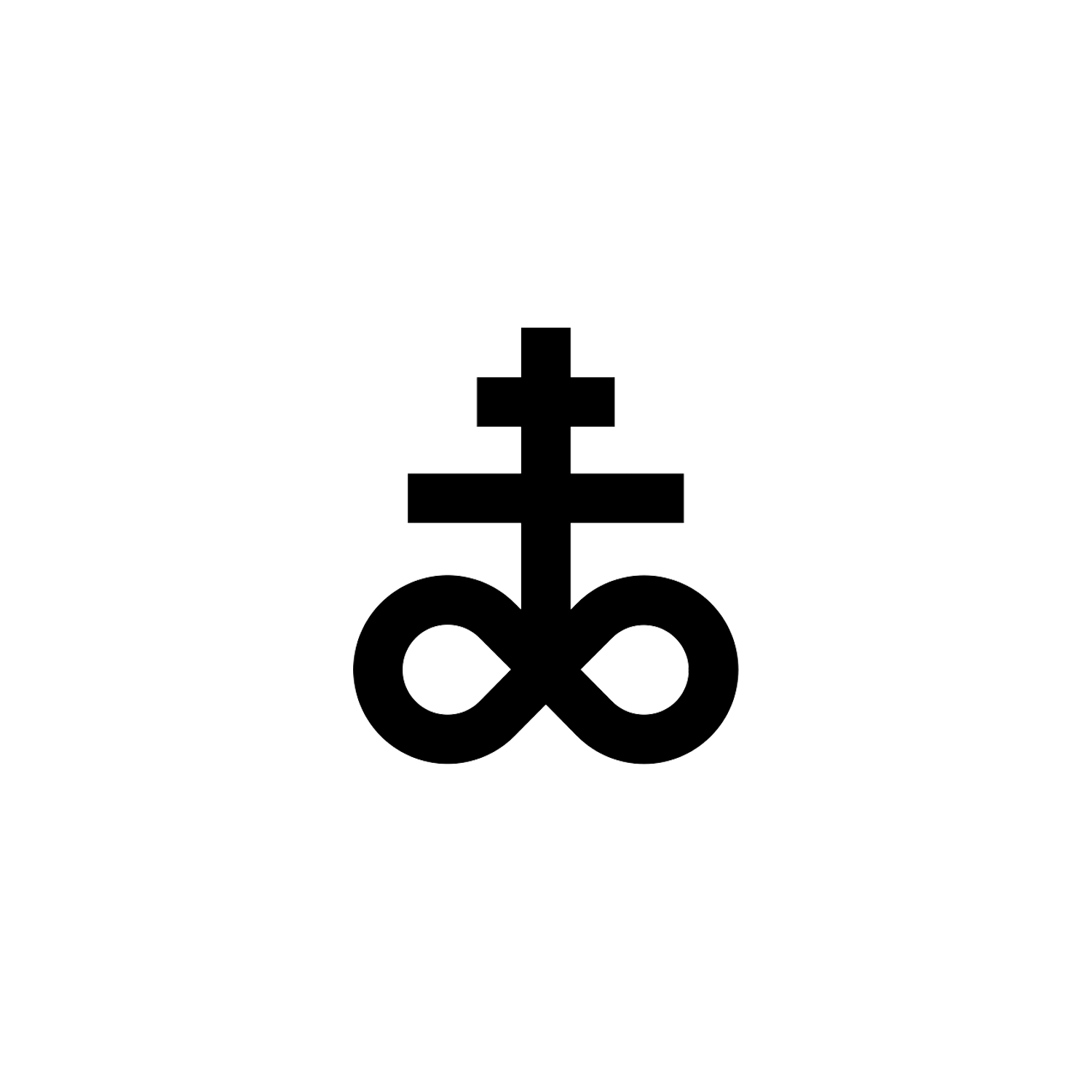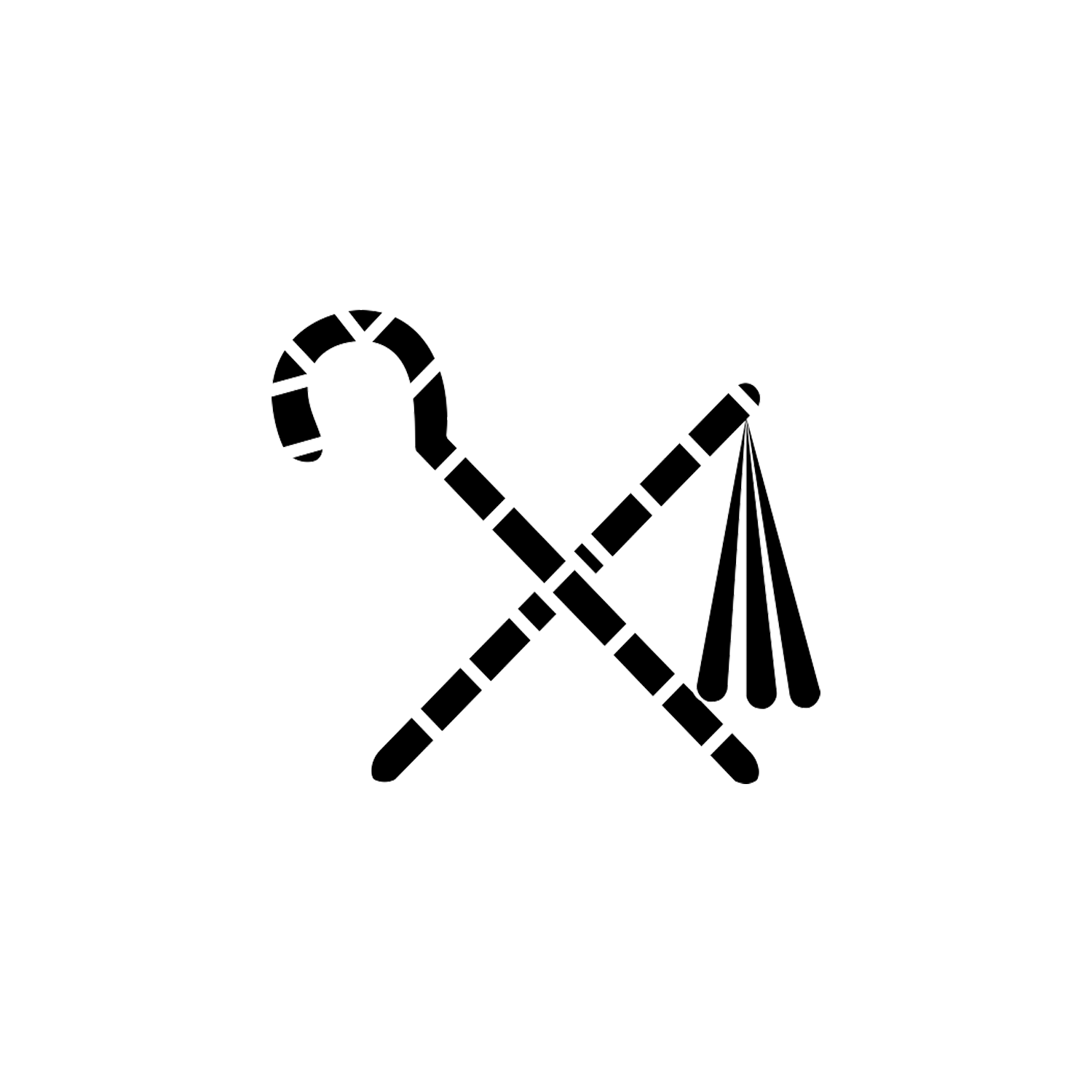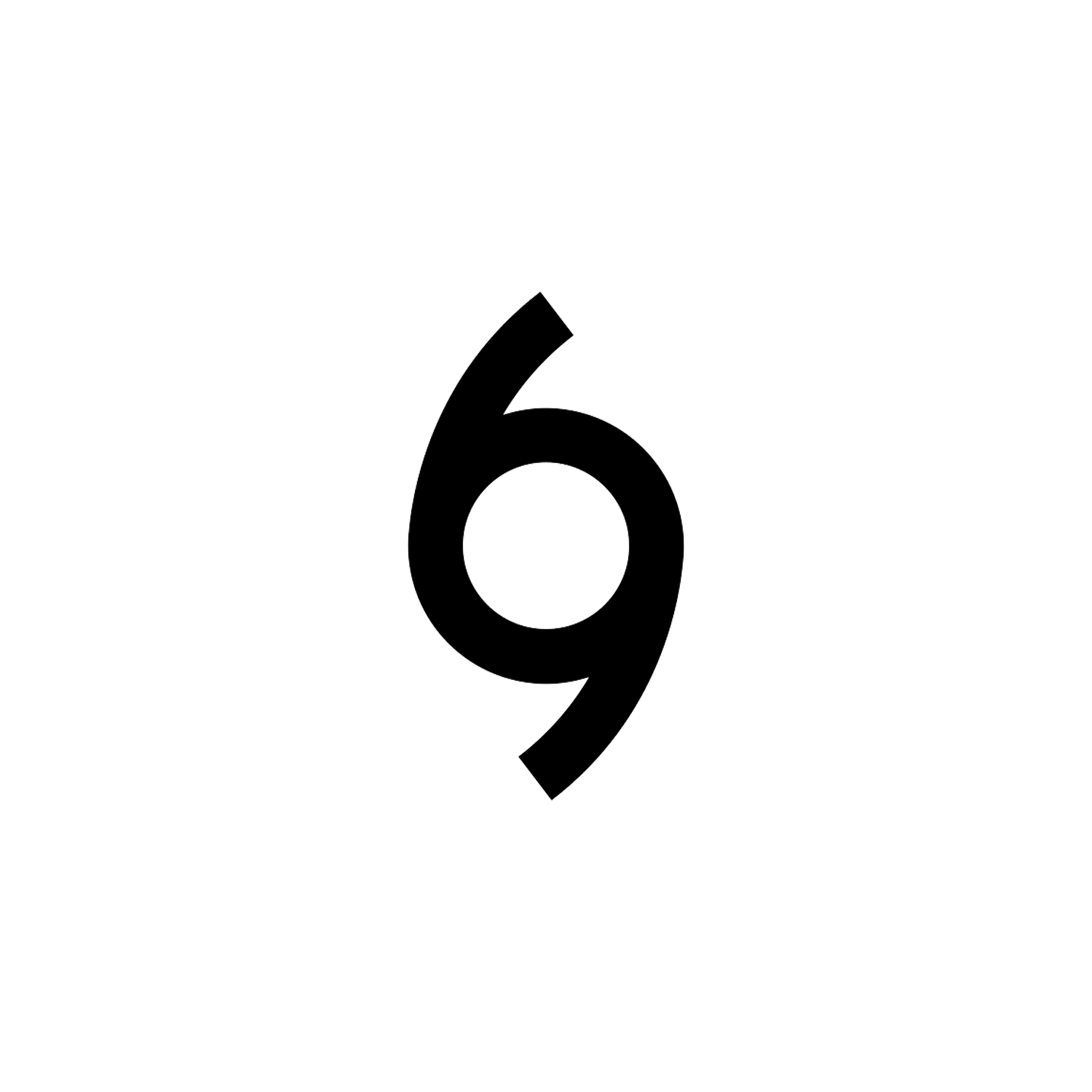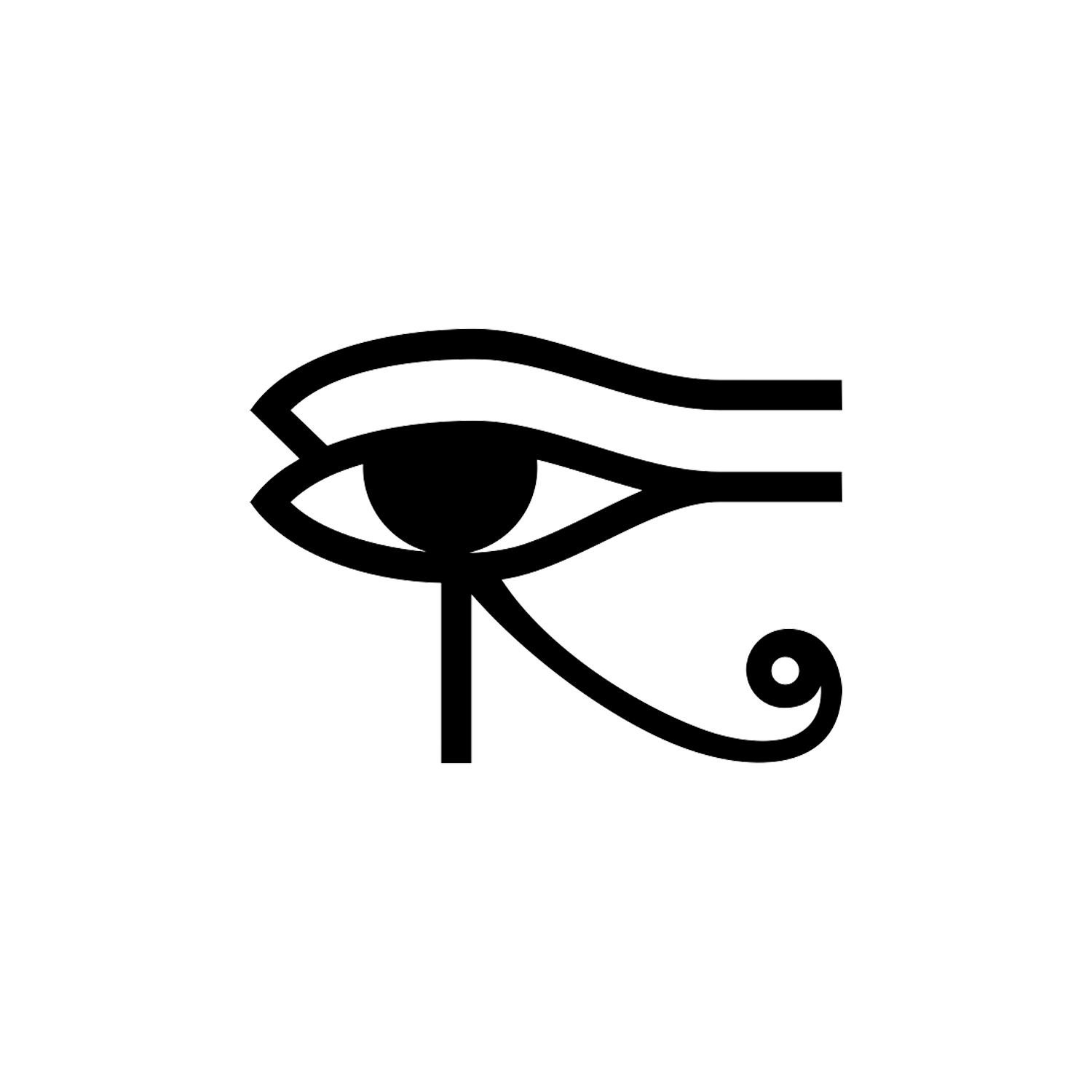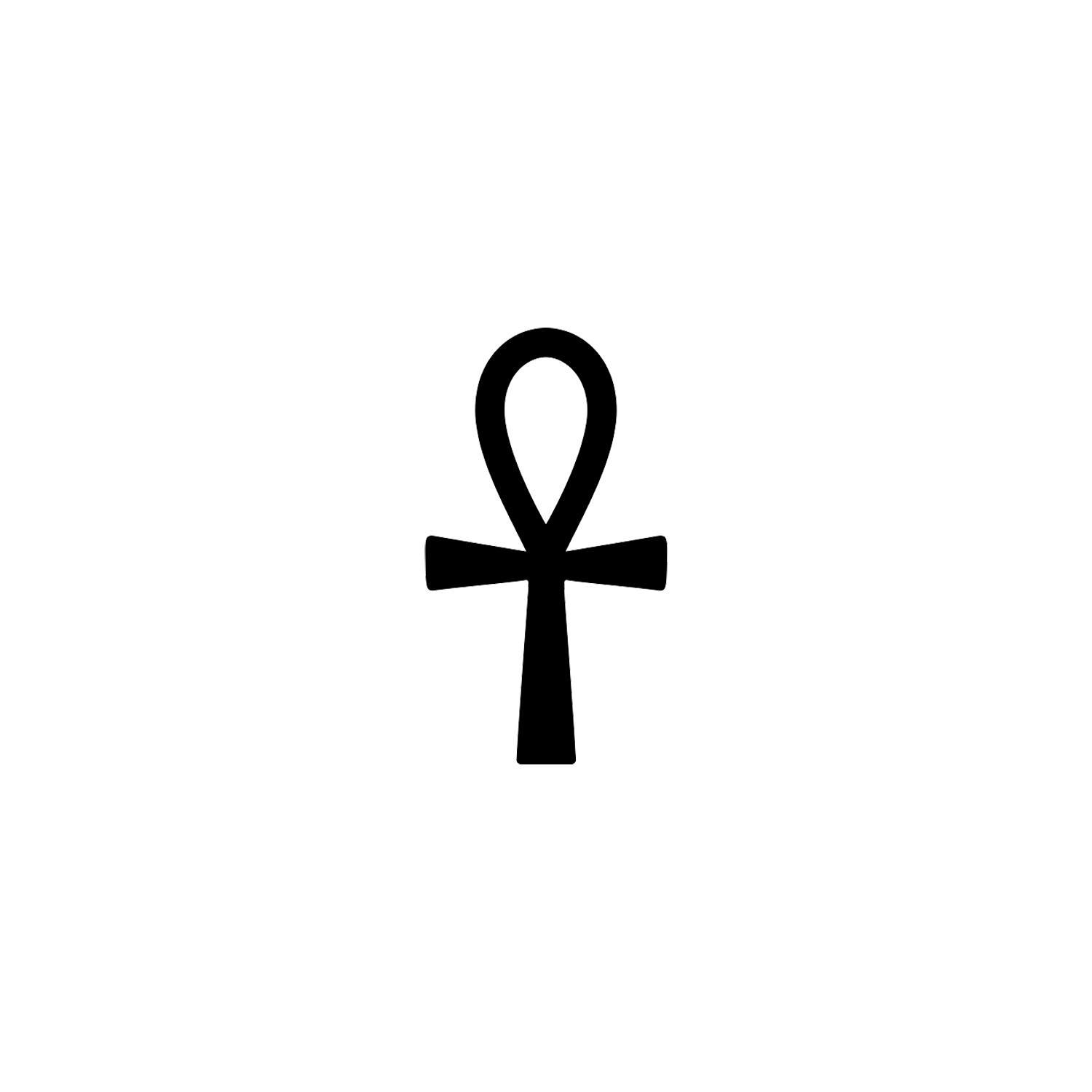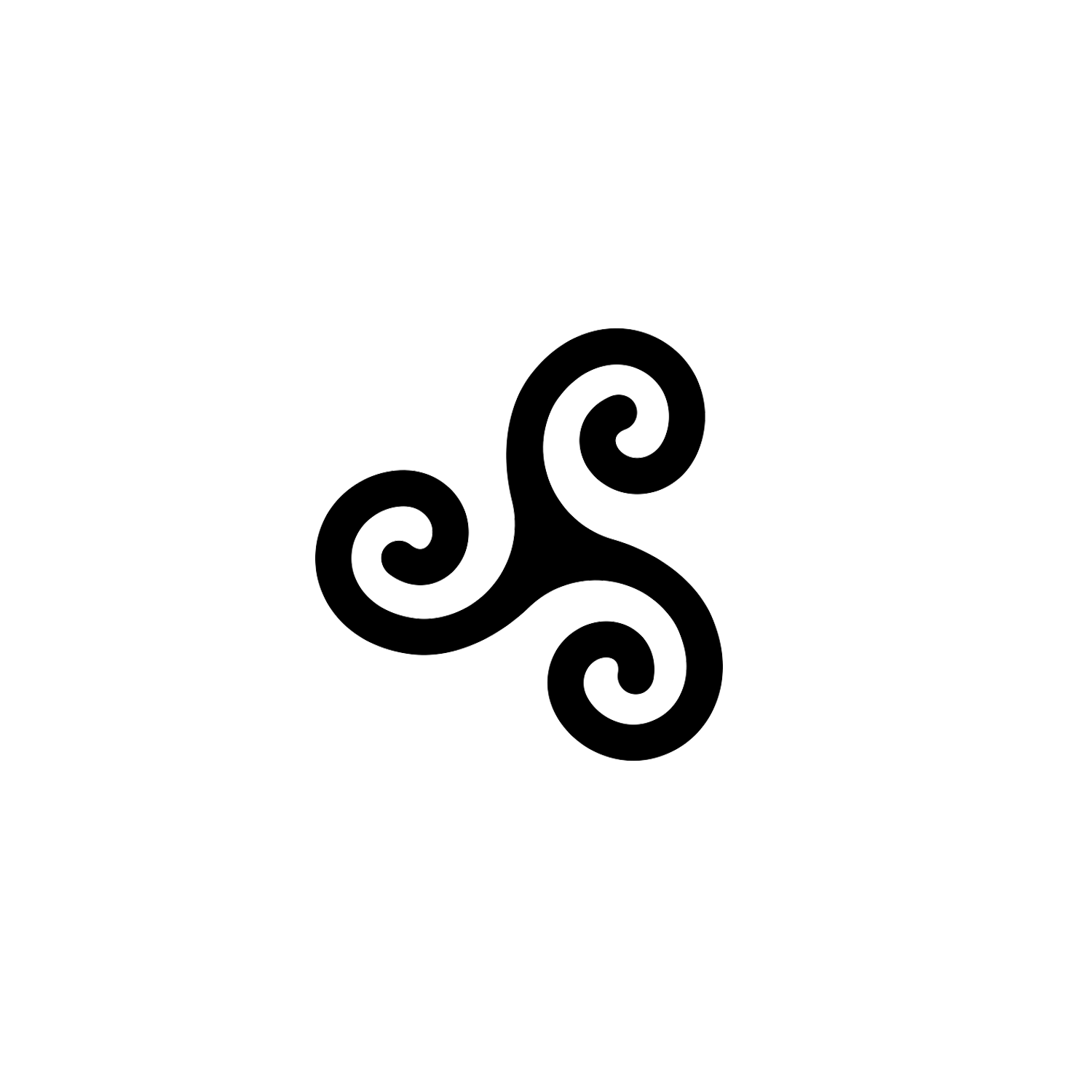Theta
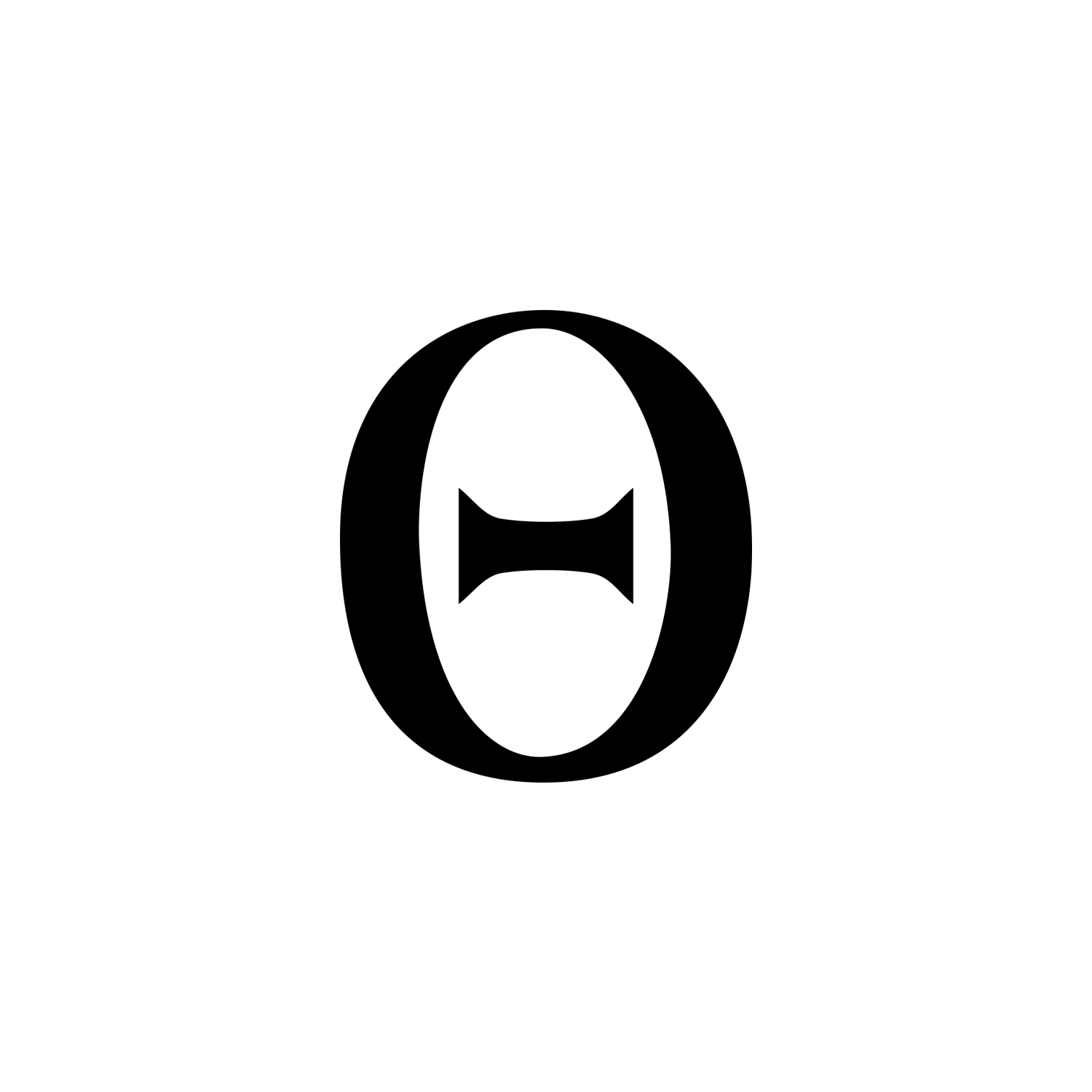

Theta
Eighth letter of the Greek alphabet.
Overview
Theta (/ˈθiːtə/; uppercase Θ or ϴ; lowercase θ or ϑ) is the eighth letter of the Greek alphabet, derived from the Phoenician letter Teth. In the system of Greek numerals, it has a value of 9.
In its archaic form, θ was written as a cross within a circle (as in Etruscan), and later, as a line or point in circle (circumpunct).
Origin and Meaning
In ancient times, Tau was used as a symbol for life or resurrection, whereas the eighth letter of the Greek alphabet (ninth in the archaic form anciently used for numeration), theta, was considered the symbol of death.[1] A quotation attributed to the ancient Roman author Ennius (though possibly spuriously) said of it: “oh, theta, a letter much unluckier than the others”.[2]

According to Porphyry of Tyros, the Egyptians used an X within a circle as a symbol of the soul; having a value of nine, it was used as a symbol for Ennead. Johannes Lydus says that the Egyptians used a symbol for Kosmos in the form of theta, with a fiery circle representing the world, and a snake spanning the middle representing Agathos Daimon (literally: good spirit).[3]
The theta nigrum (lit. ’black theta’) or theta infelix (lit. ’unlucky theta’) is a symbol of death in Greek and Latin epigraphy.[4] Isidore of Seville notes the letter was appended after the name of a deceased soldier and finds of papyri containing military records have confirmed this use.[4] Additionally it can be seen in the Gladiator Mosaic.
The term theta nigrum was coined by Theodor Mommsen. It consists of a circle with a diagonal line. The theta signified Thanatos, the Greek deity of death.[5]

As the letter vaguely resembles a human skull,[6] theta was used as a warning symbol of death, in the same way that skull and crossbones are used in modern times.[6] It survives on potsherds used by Athenians when voting for the death penalty.[6] Petrus de Dacia in a document from 1291 relates the idea that theta was used to brand criminals as empty ciphers, and the branding rod was affixed to the crossbar spanning the circle.[7]
For this reason, the use of the number 9 was sometimes avoided where the connotation was felt to be unlucky—the mint marks of some Late Imperial Roman coins famously have the sum ΔΕ or ΕΔ (delta and epsilon, that is 4 and 5) substituted as a euphemism where a Θ (9) would otherwise be expected.
Thanatos
In classical Athens, it was used as an abbreviation for the Greek θάνατος (Thanatos, “death”). In Greek mythology Thanatos was the personification of death. He was a minor figure, often referred to but rarely appearing in person.
His name is transliterated in Latin as Thanatus, but his counterpart in Roman mythology is Mors or Letum.

The Greek poet Hesiod established in his Theogony that Thánatos has no father, but is the son of Nyx (Night) and brother of Hypnos (Sleep).[8] Homer earlier described Hypnos and Thanatos as twin brothers in his epic poem, the Iliad, where they were charged by Zeus via Apollo with the swift delivery of the slain hero Sarpedon to his homeland of Lycia.
Counted among Thanatos’ siblings were other negative personifications such as Geras (Old Age), Oizys (Suffering), Moros (Doom), Apate (Deception), Momus (Blame), Eris (Strife), Nemesis (Retribution) and the Acherousian/Stygian boatman Charon.
Thanatos was loosely associated with the three Moirai (for Hesiod, also daughters of Night), particularly Atropos, who was a goddess of death in her own right. He is also, at times, specified as being exclusive to a peaceful death, while the bloodthirsty Keres embodied violent death. His duties as a Guide of the Dead were sometimes superseded by Hermes Psychopompos. Conversely, Thanatos may have originated as a mere aspect of Hermes before later becoming distinct from him.
Along with his sibling Moros he is associated as the rider of the pale horse in the Apocalypse.[9][10]
Thanatos has also been portrayed as a slumbering infant in the arms of his mother Nyx, or as a youth carrying a butterfly (the ancient Greek word “ψυχή” can mean soul or butterfly, or life, amongst other things) or a wreath of poppies (poppies were associated with Hypnos and Thanatos because of their hypnogogic traits and the eventual death engendered by overexposure to them).
He is often shown carrying an inverted torch (holding it upside down in his hands), representing a life extinguished. He is usually described as winged and with a sword sheathed at his belt. In Euripides’ Alcestis (438 BCE), he is depicted dressed in black and carrying a sword.
Thanatos was rarely portrayed in art without his twin brother Hypnos.
Euthanasia, “good death” in Greek, is the act or practice of ending the life of an individual who would otherwise experience severe, incurable suffering or disability. It typically involves lethal injection or the suspension of extraordinary medical treatment. Doctor Jack Kevorkian named his euthanasia device the Thanatron.[11]

According to Sigmund Freud, humans have a life instinct—which he named “Eros”—and a death drive, which is commonly called (though not by Freud himself) “Thanatos”. This postulated death drive allegedly compels humans to engage in risky and self-destructive acts that could lead to their own death. Behaviors such as thrill-seeking and aggression are viewed as actions which stem from this Thanatos instinct.
Thanatophobia is the fear of things associated with or reminiscent of death and mortality, such as corpses or graveyards. It is related to necrophobia, although the latter term typically refers to a specific fear of dead bodies rather than a fear of death in general.
Conclusion
The eighth letter of the Greek alphabet (Θ, θ), transliterated as ‘th’. In ancient Greece it was used on the ballots when voting upon a sentence of life or death. The character stood for thanatos ‘death’, which gave rise to allusive uses and meanings.
In its archaic form, θ was written as a cross within a circle (as in Etruscan), and later, as a line or point in circle (circumpunct).
[1] Mednikarova, Iveta (2001). "The Use of Θ in Latin Funerary Inscriptions". Zeitschrift für Papyrologie und Epigraphik. 136: 267–276. JSTOR 20190914.
[2] Ennius, Quintus (2018). Goldberg, Sander M.; Manuwald, Gesine (eds.). Fragmentary Republican Latin, Volume I: Ennius, Testimonia. Epic Fragments. Cambridge, MA: Harvard University Press. pp. 456–457.
[3] Barry, Kieren (1998), The Greek Qabalah: Alphabetic Mysticism and Numerology in the Ancient World, Samuel Weiser, p. 73, ISBN 1-57863-110-6.
[4] Mednikarova, Iveta (2001). "The Use of Θ in Latin Funerary Inscriptions". Zeitschrift für Papyrologie und Epigraphik. 136: 267–276. JSTOR 20190914.
[5] Robertson, William (1824). A Dictionary of Latin Phrases (in Latin and English). p. 229. OCLC 908034483. Retrieved 13 June 2023 – via Google Books. Nigrum præfigere theta; nam theta, Θ, præfigere, sumitur pro damnare, apud Persium: Et potis es vitio nigrum præfigere theta; (quippe theta, Θ, apud Græcos prima litera est nominis, Θάνατος, mors [...]
[6] Barry, Kieren (1998), The Greek Qabalah: Alphabetic Mysticism and Numerology in the Ancient World, Samuel Weiser, p. 73, ISBN 1-57863-110-6.
[7] Kaplan, Robert (2000), The Nothing that Is: A Natural History of Zero, Oxford; New York: Oxford University Press, p. 66, Bibcode:2000tnti.book.....K, ISBN 0-19-514237-3.
[8] Hesiod, Theogony 758 ff, trans. Evelyn-White, Greek epic 8th or 7th century BC
[9] "Apocalypse of John", The King James Bible
[10] Rev 6:8
[11] "PBS.org". PBS. Archived from the original on 2018-07-28.
Latest Symbols
Monthly Digest
A summary of symbols for the month in a quick read format straight to your inbox.

